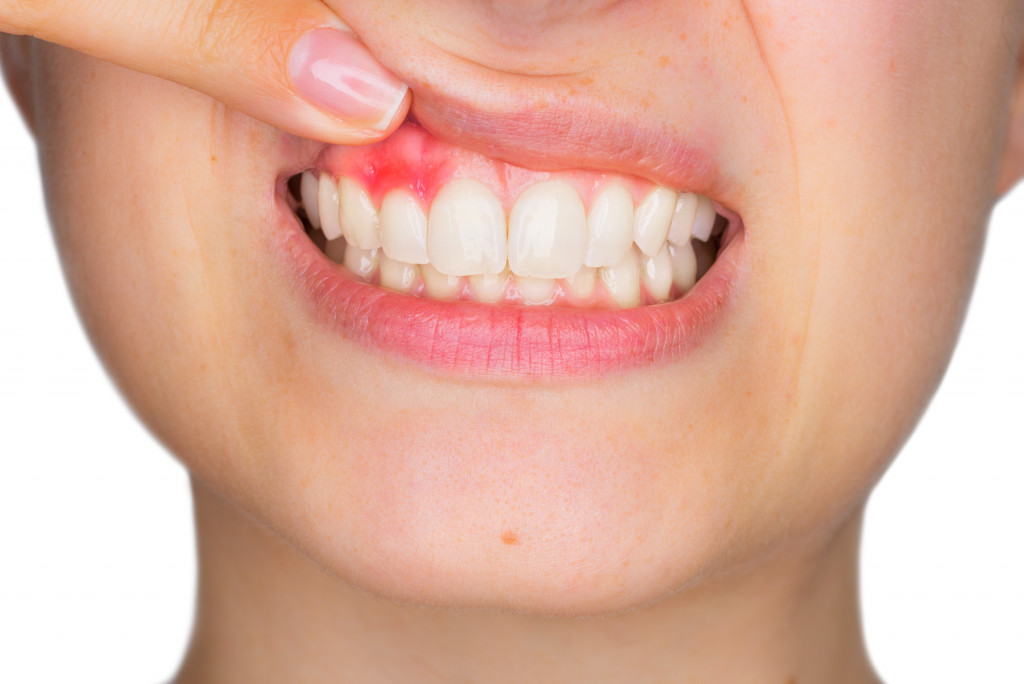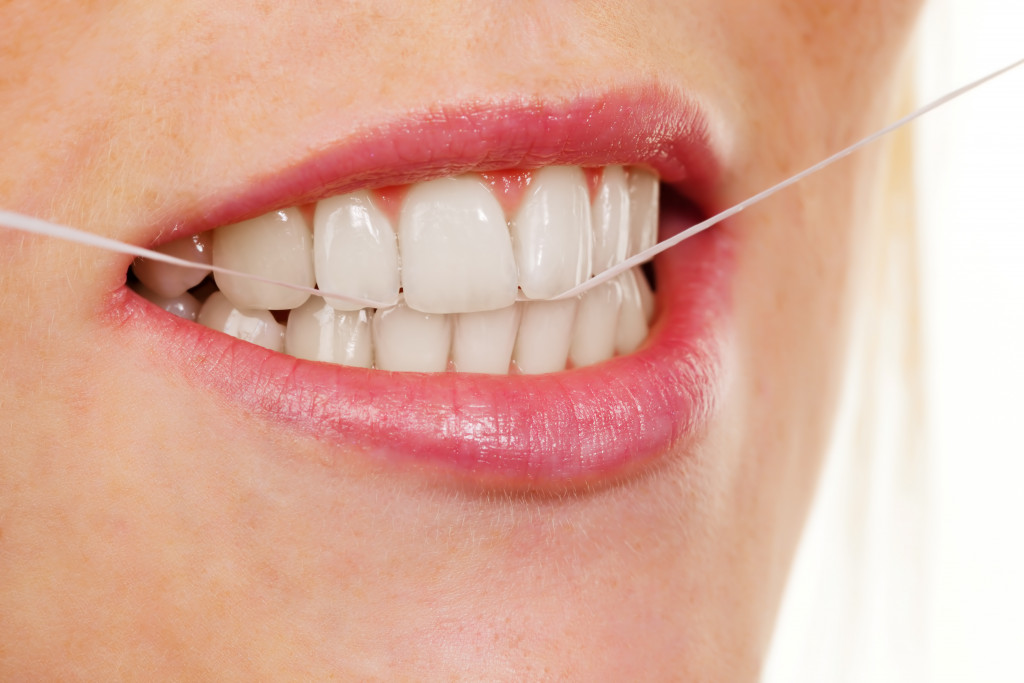Aging is a natural consequence as we get older, and the results can sometimes be devastating. The older we become, the more problems we encounter in terms of managing our health. We become prone to a variety of health issues, such as arthritis, diabetes, cancer, heart disease, Alzheimer’s disease, osteoporosis, and other chronic conditions.
Besides other physical illnesses, the mouth is not an exception to aging. Aging puts seniors at risk for different oral health problems, such as dry mouth, root decay, gum disease, mouth infections. But among these problems affecting millions of older adults is tooth loss.
The idea of losing teeth can be devastating for most people. Sudden tooth loss can be a frustrating surprise after many years of regular brushing, routine dental checkups, and good oral hygiene. Although tooth loss is a natural part of aging, there are still ways to slow down the aging of your oral health.
In the past years, dental experts have brought remarkable innovations in oral health treatment. These procedures help dentists detect various dental issues before they become worse while others seek to speed up treatment, leading to faster and more effective results. One example is the use of clear dental aligners to improve bite and teeth alignment.
Today, dental treatments are available to address tooth loss in seniors. This means aging adults still have a chance to avoid dental issues that come with aging and experience the benefits of healthy, natural teeth for a longer time. With that in mind, here are ways to keep your teeth feeling and looking younger.
Causes of tooth loss
Periodontal disease
One of the most common causes of tooth loss among seniors isn’t aging but periodontal disease. It is a bacterial infection that damages the mouth’s bone structure and gum tissue that supports the teeth in place. It’s also a major cause of gum recession. Periodontal disease is more prevalent among seniors because their aging mouths accumulate tartar and plaque over time. Poor dental hygiene and lack of routine checkups are possible reasons for this.
Gingivitis

The first signs of gum disease involve redness, bleeding, and swelling of the gums when brushing. Severe gingivitis involves trauma, microorganisms, and other specific infections. It also includes chronic inflammation in the gum tissue caused by plaque covering the teeth and gums.
Patients can reverse the effects of gingivitis if they follow the right oral hygiene practices, such as brushing, flossing, and eating the right diet.
Periodontitis
Periodontitis is a more advanced form of periodontal disease, which occurs when gum disease damages the supporting tissue and bone. It involves the formation of spaces or pockets between the teeth and gums, resulting in tooth loss.
Poor dental hygiene
Over time, oral hygiene becomes the least priority as people age. But failure to brush and floss regularly results in plaque buildup, which erodes the teeth enamel. Over time, small pockets will emerge that serve as breeding grounds for bacteria. This causes a variety of dental problems, such as gum disease and tooth decay.
Other causes of tooth loss
- Bruxism. Also known as teeth grinding, bruxism leads to tooth wear and damage. People who grind their teeth put excess pressure on the gums, which causes gum recession.
- Smoking. Tobacco use increases the risk of plaque buildup on the teeth. It also worsens gum disease because smoking hinders the oxygen flow in the bloodstream.
How to prevent tooth loss
Good oral hygiene
Practicing regular oral hygiene is your best defense against tooth loss. The mouth is full of bacteria, and failure to brush and floss regularly leads to tartar buildup, resulting in gum disease and cavities.
Maintain a balanced diet
Eating a balanced diet reduces your chances of developing illnesses and lowers the risk of tooth loss. Focus on foods good for the body and teeth. With proper nutrients, the teeth and gums can easily fight infection, making them less susceptible to tooth decay and gum disease.
Avoid smoking
Tobacco use is your body’s greatest enemy. Smoking won’t only change the color of your teeth but also cause dry mouth, bad breath, and bacterial growth.
Maintain regular dental checkups
Never put off your dentist appointments. Dental checkups prevent various dental problems before they get worse. Not only that, but you can enjoy the benefits of healthy teeth and less costly dental procedures.
The bottom line
There’s no way to stop aging, but we can do something to slow it down. Dental problems won’t only affect our overall health, but also our confidence. While time can cause oral health decline, it’s not age that causes tooth loss and other dental problems. So make sure to follow our steps above and preserve your teeth to make them last a lifetime.



